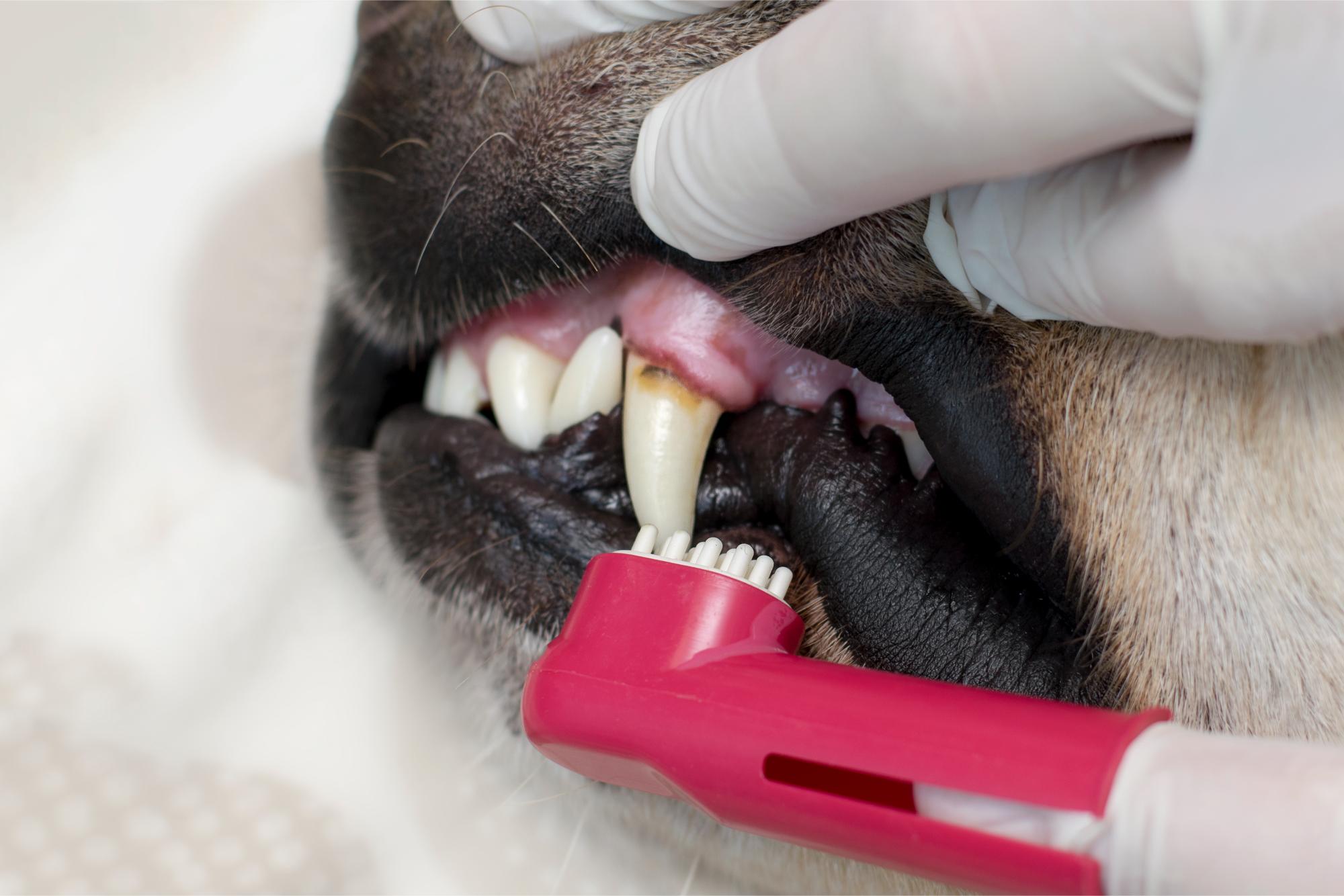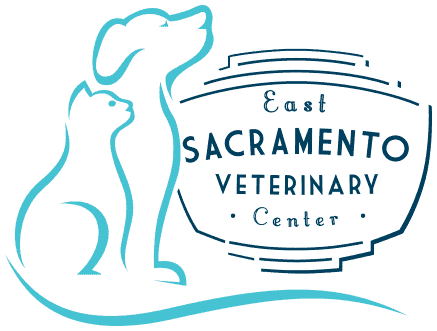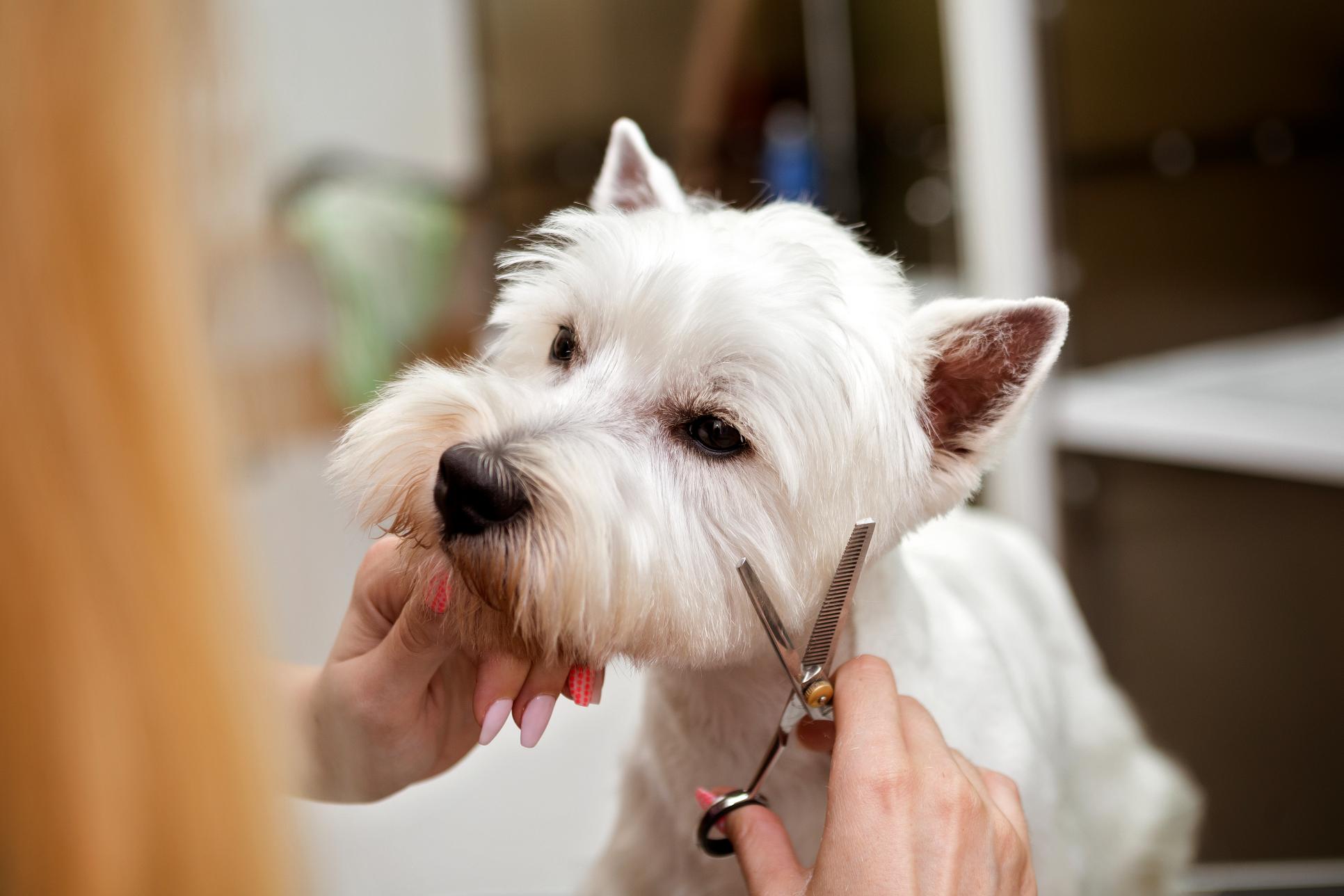Preventing Pet Periodontal Disease

Pet periodontal disease can have far-reaching consequences on their overall health. Healthy teeth and gums are essential for normal functions, but when compromised, they can cause significant problems. Periodontal disease initially affects the oral cavity, but without timely intervention, it can lead to systemic infections.
We don’t want this to happen to your pets, so today, the team at East Sacramento Veterinary Center will share tips for preventing periodontal disease in pets.
Continue…








